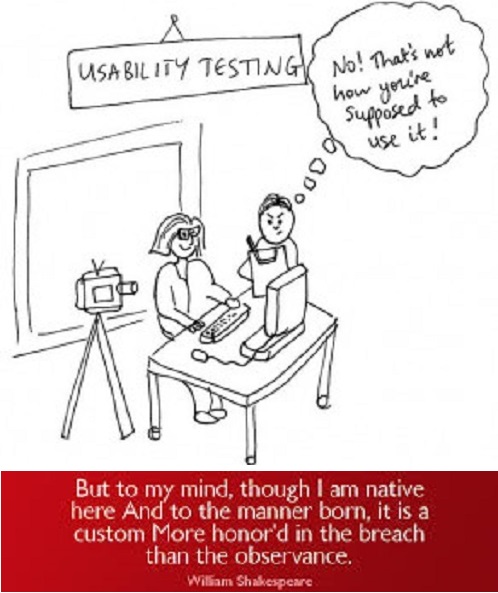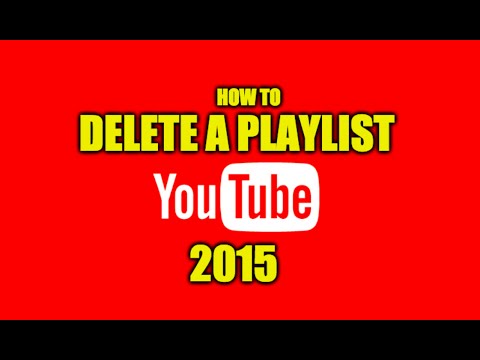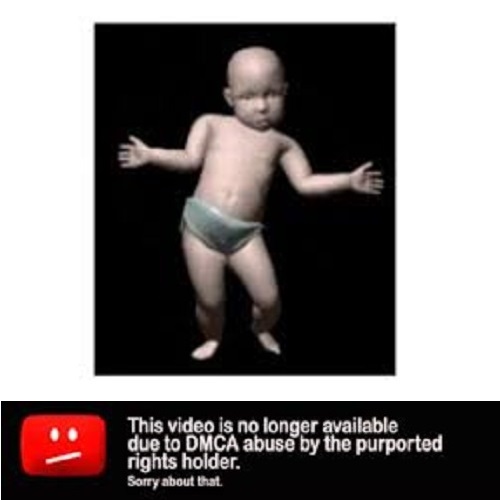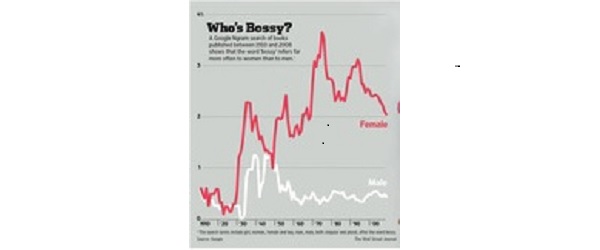The Internet and the Worldwide Web have arguably changed the path of history. And they have made companies like Google into mega successes. But those companies have also caused much consternation among their millions of users. Why? Apparently they don’t bother to check with many (or any!) of those users to see how logical and self-evident their websites and associated tools are for their target audiences. Examples abound, and we will be posting some of the more egregious. But the Internet giants could have been even more successful, and keep website visitors on their sites longer (where they would be exposed to more advertisements) if their user interfaces were less opaque. The goal is usability, which is not rocket science. Two of most used tools are the Chrome browser and YouTube, which we will discuss in separate posts.
Tag Archives: YouTube
How Does YouTube Choose the Next Videos After the One You Wanted?
Anyone who uses YouTube more than a couple of times, and plays the video s/he selects, can’t help but notice that YouTube–all by itself—chooses a bunch of other YouTube videos and queues them up to play one after the other. YouTube says that The autoplay feature on YouTube makes it easier to decide what to watch next. After you watch a YouTube video, we’ll automatically play another related video based on your viewing history. If so, their memory of the viewing history must be pretty short or awfully inaccurate … or perhaps it was reacting against the highly-materialistic nature of my chosen video, or trying to tune my aura, or something. Because when I played Cuda Janet (Birthday Song for my wife who was and is the proud owner of a 1970 Plymouth Barracuda), the next three videos were very touchy-feely: Light Transmission by Mirabai (Please view this video in silence and open your heart to receive), Mantra to remove Negative energy, and and Mantra to increase Good luck and positive energy. While it was nice for YouTube to try improving my mood, it wasn’t very useful. And apparently this autoplay feature, and changes to its implementation, have been extremely unwelcome to lots of other folks.
“Fair Use” of Copyrighted Material Gets (a Little) Justice
Did Stephanie Lenz make a bag of money from her video that Universal would otherwise have made? It seems that actually Universal and Prince got a lot of free advertising out of it starting in 2007, no? A U.S. Circuit Court of Appeal has just struck a blow against the hubris of music publishers such as Universal who send out takedown notices at the drop of a hat. If every YouTube (or Vimeo et al) video that borrowed a little, or even a lot, triggered so much legal argy-bargy, there wouldn’t be enough lawyers and judges on the planet to deal with it all. Similarly for the print world, and look at all the examples of “the pot calling the kettle black”:
-Google violated copyrights wholesale by scanning millions of books; but didn’t that provide a service to humanity by making intellectual content available for out-of-print volumes?
-Facebook was essentially a college Freshman Register; could it have been sued by thousands of universities collectively?
-Amazon’s Kindle refuses to let owners copy even one word. So all students writing term papers are back to the archaic 3×5 cards in the digital age. How stupid can they be, especially in the days of the Turnitin plagiarism checker technology?
Allí no hay ni almuerzo grátis (inglés:“There ain’t no free lunch”)
 Most Internet users have been spoiled by so much apparently “free” content. Well, of course it’s free to them because advertisers are paying for it, and are putting ads next to that content, just like newspapers and magazines have done for many decades. However, some of the same sort of technology that have brought us all this cornucopia of useful (or at least entertaining) content, is now being employed to strip the ads off this content, as described in some detail by The Financial Times.
Most Internet users have been spoiled by so much apparently “free” content. Well, of course it’s free to them because advertisers are paying for it, and are putting ads next to that content, just like newspapers and magazines have done for many decades. However, some of the same sort of technology that have brought us all this cornucopia of useful (or at least entertaining) content, is now being employed to strip the ads off this content, as described in some detail by The Financial Times.
Google itself has already (very recently) started a small initiative that lets people pay to watch YouTube videos sans ads. Those are all or mostly for mass market entertainment content, so the cool creative stuff (“coolness” is in the eye of the beholder, so even cat videos count here) may still be afflicted with ads. But we suspect that millions of people would be willing to pay reasonable amounts of subscription money to use sites they value. One proof of that is the large total contributions per year that are made to support Wikipedia. So we can hope that other sites with value-added start to offer alternatives like this new one from Google.
The worst ads are ones that have video (or animation) or audio, which are REALLY intrusive. One of the worst sites in this regard that we personally use is spanishdict.com. (But despite this unpleasant behavior, spanishdict.com, is highly-ranked by Alexa, 1,818 in the world as of May 14, 2015 with a whopping 907 improvement in the preceding three months.) Ironically, when one narrows the viewing window, the ads—which are mostly on the right side—get chopped off. No wonder they have to resort to using audio, video, and animation to attract attention.
Is Google’s Picture Gatekeeper Simply Capricious?
Do other mere mortals attempting to set up pictures for their new YouTube channels or avatars for their new Gmail accounts have the same troubles we have been having? Or do they want to discourage users other than advertising customers from having graphics? Or what? For starters, there is no initial guidance given as to desirable or acceptable ranges of pixel counts. (Does Google not believe that we mere mortals know what a pixel is?) Then when we try one of our set of pictures with different resolutions, the gatekeeper deems it too high resolution. On the next try, it is rejected for being too low resolution but now it tells us what the lower limit is so on our third try it is accepted and we drag its corners to fill the target provided. Success! Nope, now the gatekeeper plays another one of his/her tricks. For the YouTube channel picture he/she decides to crop it, apparently to some resolution du jour. For the Gmail account he/she instead says that he/she can’t set it up today so try again later. Huh?! Are Google’s computers tired or something?
Be Careful When Using Any Google or YouTube Search Quantitative Results
There are scattered comments criticizing the criteria (and changes in them) that Google uses to include, and especially to rank, the results of their searches. It is tempting—but risky–to use these searches to quantify trends. And we are not even sure that Google itself understands that this is happening. Given the origins of Google, and some of their early goals, we doubt that Google intentionally is trying to mislead people who use their Ngram search, though their using vague terms to describe the number of documents is highly suspicious. In any case, ethical scientific practice requires that findings are REPRODUCIBLE. In the case of the Don’t Call Us Bossy article in the Wall Street Journal (a publication that should know better), which listed the search terms, it was not possible to arrive at a set of curves that showed the first peak in the curves during the 1930s, and there was thus no basis for the authors to draw any conclusions about the trends in that time frame. The amount of bossiness in the 1930’s is not the point here; the point is that we should be very careful to validate any supposed trends beyond just what Google searches indicate.





